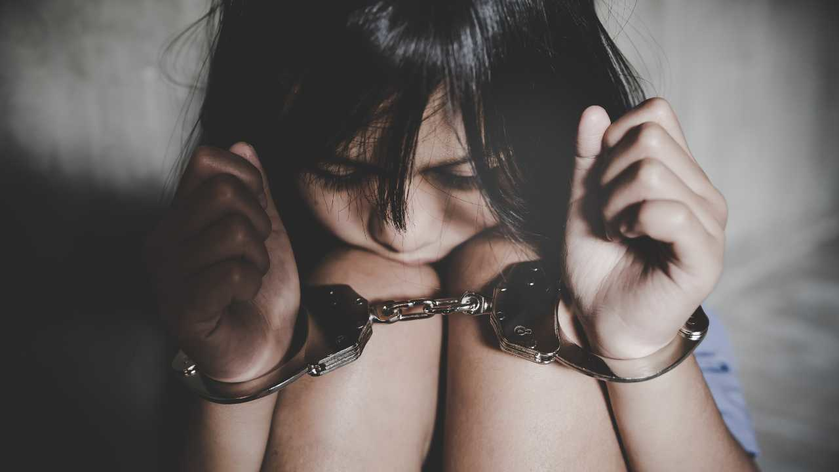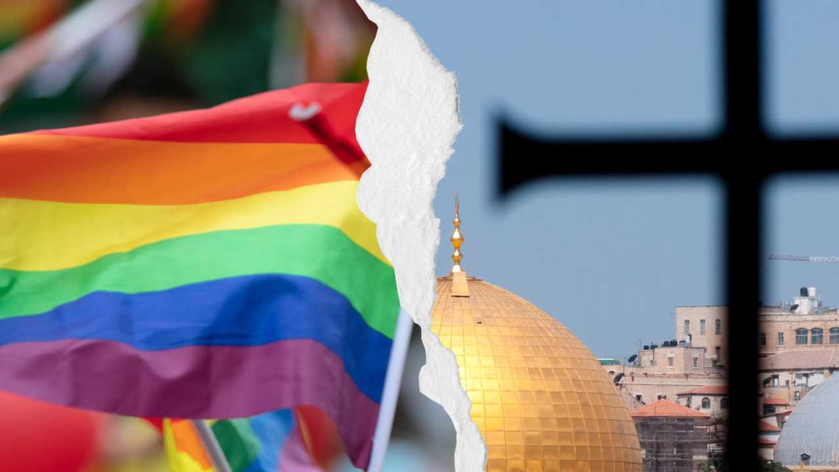Washington is in a hurry to ban Tik Tok. Congressional hearings and a bipartisan push to ban the Chinese-owned platform citing "national security" and privacy concerns... but what is in the bill and what will it really accomplish?
The RESTRICT Act, S.686, introduced by Senators Warner and Thune, aims to block or disrupt transactions and financial holdings involving foreign adversaries that pose risks to national security. Although the primary targets of this legislation are companies like TikTok, the bill itself could be used as a blank check to go after other services, including cryptocurrency.
Some internet users compare the bill to the Patriot Act and warn that the slope proposed is indeed slippery and would end all privacy on the internet.
Many on social media fear that the bill would seek to criminalize the use of VPNs which are often used to hide a user's IP address and to add additional privacy measures while utilizing the internet.
VPN stands for Virtual Private Network. Their general aim is the same: keeping your digital activities and location private. Using a VPN with your computer, phone, or another internet-enabled device can do things like mask your I.P. address and encrypt your internet connection.
Warner's office has said his bill wouldn't do this, but many experts warn that its broad language leaves room for doubt.
The RESTRICT Act doesn't specifically mention TikTok. Rather, it would grant the U.S. secretary of commerce the broad power to "identify, deter, disrupt, prevent, prohibit, investigate, or otherwise mitigate … any risk arising from any covered transaction by any person, or with respect to any property" that the secretary determines to pose "an undue or unacceptable risk" in several different areas. These include federal elections, "information and communications technology products and services," and "critical infrastructure or digital economy," as well as "coercive or criminal activities by a foreign adversary that are designed to undermine democratic processes and institutions or steer policy and regulatory decisions in favor of the strategic objectives of a foreign adversary to the detriment of the national security of the United States."
The language describing who the RESTRICT ACT would apply to is also confusing. The commerce secretary would also be authorized to take steps to address risks posed by "any covered transaction by any person."
So what counts as a covered transaction? The bill states that this means "a transaction in which an entity described in subparagraph (B) has any interest." Entities described in subparagraph B are a "foreign adversary; an entity subject to the jurisdiction of, or organized under the laws of, a foreign adversary; and an entity owned, directed, or controlled by" either of these. Foreign adversaries can be "any foreign government or regime" that the secretary deems a national security threat.
The ban's criminal penalties, which include a fine up to a million dollar and/or imprisonment of up to 20 years, has caused some alarm among the bill's observers, who have questioned whether some TikTok fanatics might face jail time for using a VPN to get around the ban and access the app.
A speaker for Warner's office told Newsweek that the criminal penalties would not be used to go after individual users.
"Under the terms of the bill, someone must be engaged in 'sabotage or subversion' of communications technology in the U.S., causing 'catastrophic effects' on U.S. critical infrastructure, or 'interfering in, or altering the result' of a federal election in order for criminal penalties to apply," Warner's communications director, Rachel Cohen, said.
She added that, "The bill is squarely aimed at companies like Kaspersky, Huawei, and TikTok that create systemic risks to the United States' national security, not individual users."
The bill specifically defines the entities that would be subject to enforcement as:
(6) ENTITY.—The term “entity” means any of the following, whether established in the United States or outside of the United States:
(A) A firm.
(B) A government, government agency, government department, or government commission.
(C) A labor union.
(D) A fraternal or social organization.
(E) A partnership.
(F) A trust.
(G) A joint venture.
(H) A corporation.
(I) A group, subgroup, or other association or organization whether or not organized for profit.
Many argue that "(I) A group, subgroup, or other association or organization whether or not organized for profit" opens the door for individual users to be at risk.
The language here also raises red flags that individual users could be subject to the bill. The RESTRICT Act states that "no person may engage in any conduct prohibited by or contrary to" its provisions. It also says "no person may cause or aid, abet, counsel, command, induce, procure, permit, or approve the doing of any act prohibited by, or the omission of any act required by any regulation, order, direction, mitigation measure, prohibition, or other authorization or directive issued under, this Act," (emphasis mine). In addition, "no person may solicit or attempt a violation" and "no person may engage in any transaction or take any other action with the intent to evade the provisions of this Act.
For clarity, the bill defines a transaction as, "any acquisition, importation, transfer, installation, dealing in, or use of any information and communications technology product or service, including ongoing activities such as managed services, data transmission, software updates, repairs, or the provision of data hosting services, or a class of such transactions."
Still, the bill's authors believe that they require this authority to police the internet and they argue that the blanket legislation will grant them broad authority to stop any dangers in their tracks instead of playing "Whac-A-Mole" as concerns arise.
"We need a comprehensive, risk-based approach that proactively tackles sources of potentially dangerous technology before they gain a foothold in America, so we aren't playing Whac-A-Mole and scrambling to catch up once they're already ubiquitous," Warner said in a statement.
"Congress needs to stop taking a piecemeal approach when it comes to technology from adversarial nations that pose national security risks," Thune added. "Our country needs a process in place to address these risks, which is why I'm pleased to work with Senator Warner to establish a holistic, methodical approach to address the threats posed by technology platforms—like TikTok—from foreign adversaries."
It should be noted that civil penalties listed in the bill are also extreme. I have more questions and have reached out to several Senators and Congressmen to get comments and clarity to several questions, so look for a more in-depth article in the near future.


















